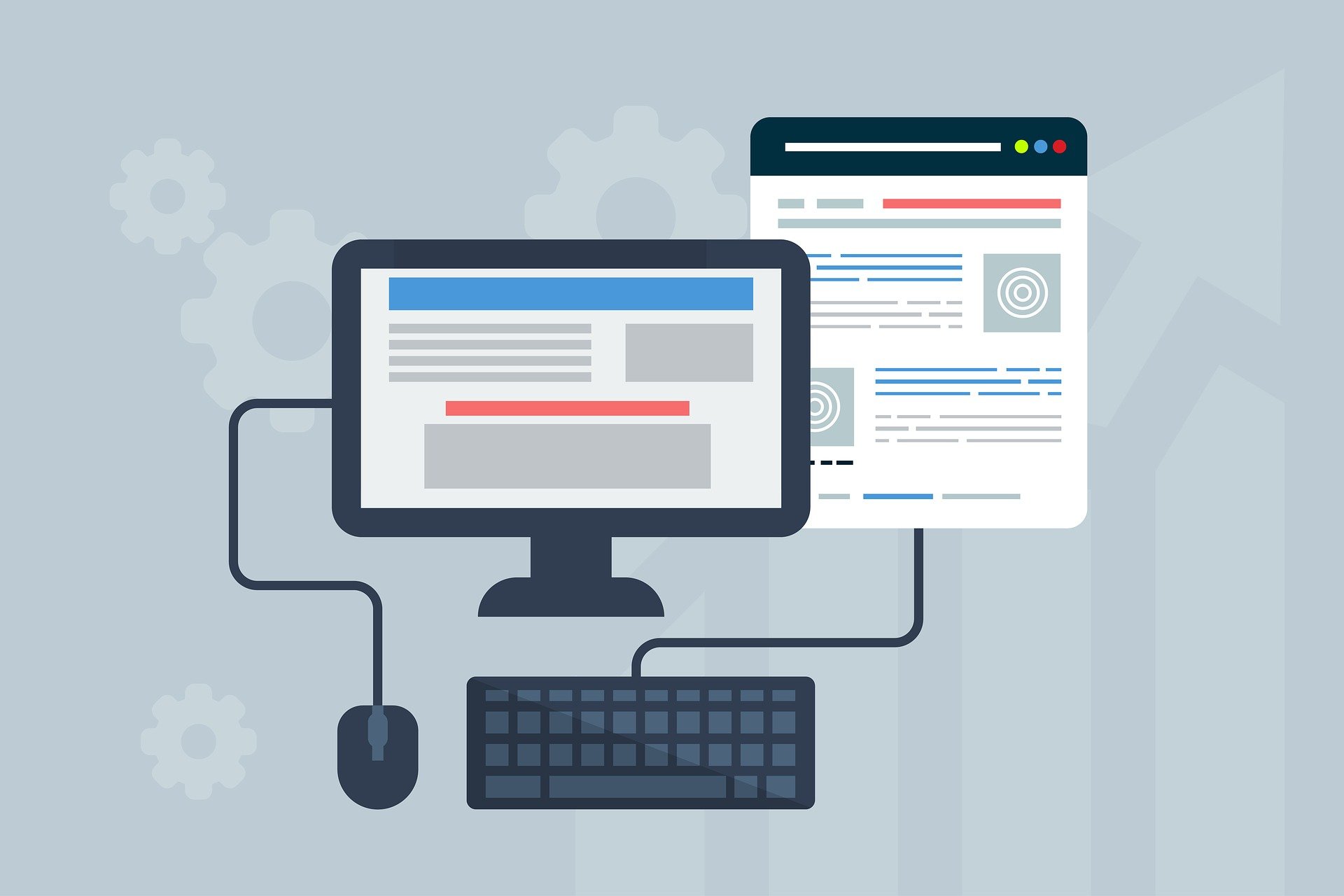
UX design basics: What makes a great website?
Your website is one of your most important business assets.
But in many cases, your customers’ experience online might not be as good as it could be.
This could be down to poor design that doesn’t take user experience (UX) into consideration.
Unfortunately, it’s incredibly easy to turn off potential clients and crash and burn your conversion rate with poor UX design.
If you’re thinking about investing in a new website or already have a site and are thinking of updating or upgrading, here are some basic points to look out for when it comes to UX best practice.
Remember: Users want clarity and simplicity
All new users, including you, subconsciously evaluate the design of a site in less than a second, so it needs to be very clear, very quickly, what you want users to do.
Don’t make it difficult to find simple action buttons. Visually focus attention on the main buttons or actions, rather than having dozens of options immediately on the homepage.
Good UX design makes a site highly usable for the majority of users and allows for extra functionality to be hidden.
It should be discoverable as it is needed, not shown all at once.
A clear, consistent design is simpler and more effective for users. They’ll then know what to expect when you re-use colours, behaviours and aesthetics on other pages of the site, eliminating the need for them to figure out a new interface each time.
Don’t be too creative…
Creativity and usability need to have a balance.
If some key design elements are commonplace to the modern digital experience, there’s no need to reinvent them by becoming too creative.
Making users work too hard trying to figure out your UI interface, through which the interact with your site, is not what you want.
It’s best to opt for a familiar-looking interface where standard objects like links are visible in different colours, and login access is located in the upper right-hand corner of the page.
There’s no benefit from relocating standardised components and patterns, as this just makes your interface hard to work with.
You might think that non-traditional design is cool, but it’s likely to make it harder for users to navigate.
It's best to focus on the layout of buttons and menus etc first, without design in mind, then add your creative elements.
Design your site to be scanned, not read
The content of your website needs to be scannable, because like it or not, people won’t read every word of it, they’ll initially scan it for what they’re looking for.
Infographics and visuals are a more user-friendly way of trying to convey instructions or data than huge blocks of text.
Making your site ‘scannable’ will appeal to your audience and offer a good user experience. Most visitors will scan your homepage content for something that strikes them, and then they’ll switch to ‘reading mode’ when they want to find out more.
Responsive design
A basic tenet of good user experience is that your site should not only be designed for a bigger screen but also focus on smaller devices.
Responsive design means that a site or page displays correctly on all smartphones, desktop computers, laptops or tablets, irrespective of their size or aspect ratio.
With responsive design, you design for flexibility in every aspect – images, text and layouts - and this is now considered a basic requirement for all new websites.
Performance
With ever more competition for ever-shrinking attention spans, there’s just no margin for error when it comes to site performance.
Research shows that users expect websites to load in less than two seconds, so if load times are slow, potential customers will leave and likely never return.
Any more than a two-second delay in load time results in abandonment rates of up to 87%.
If pages don’t load quickly, or if shopping carts and checkout processes are cumbersome, then users will simply leave and try a competitor.
Good UX demands that your site speed is optimised.
Get in touch with the Ascensor team to discover how we put UX design and user needs at the centre of any digital strategy.
Keep an eye on our News section and social media channels to keep up to date with any UX updates we have.